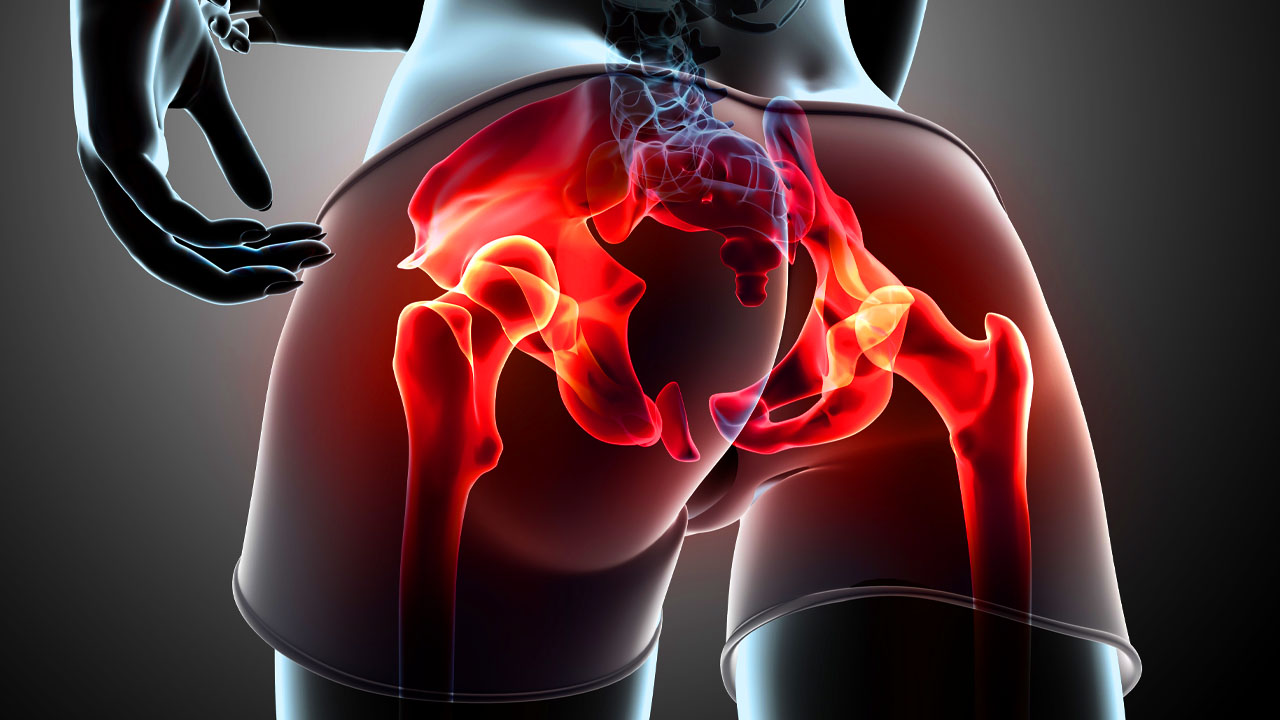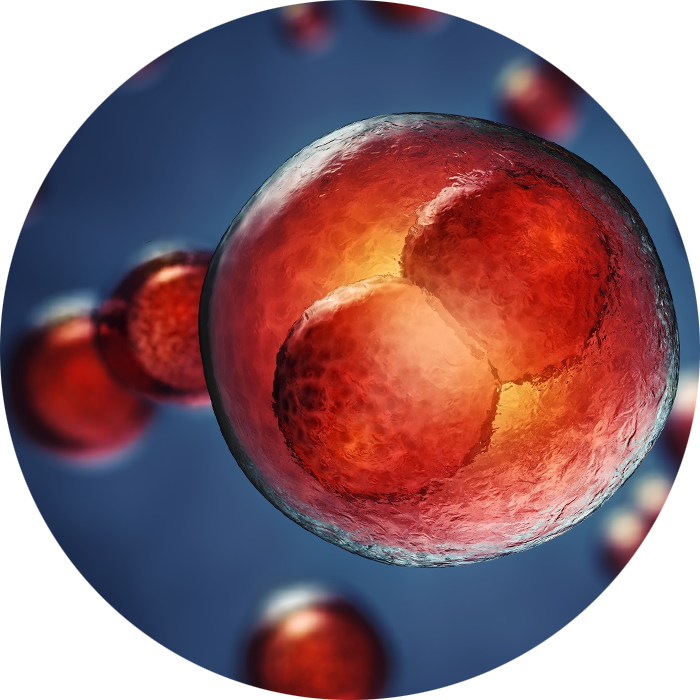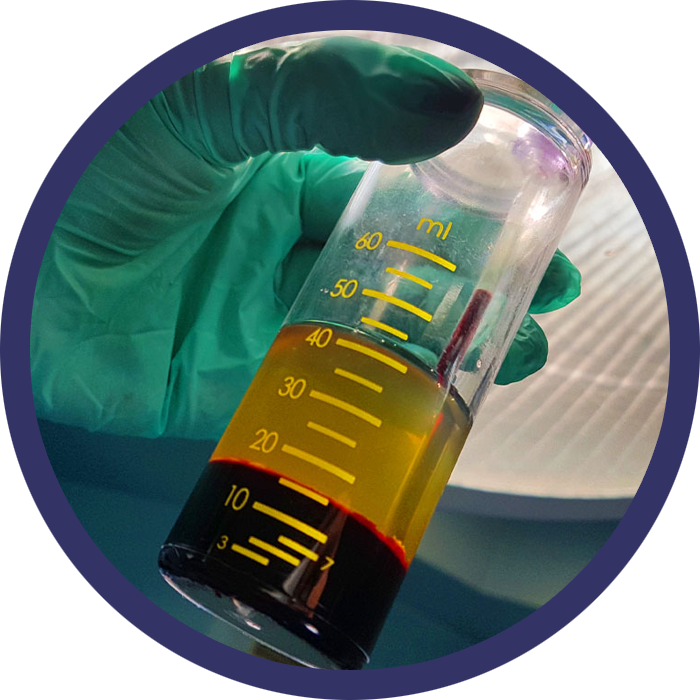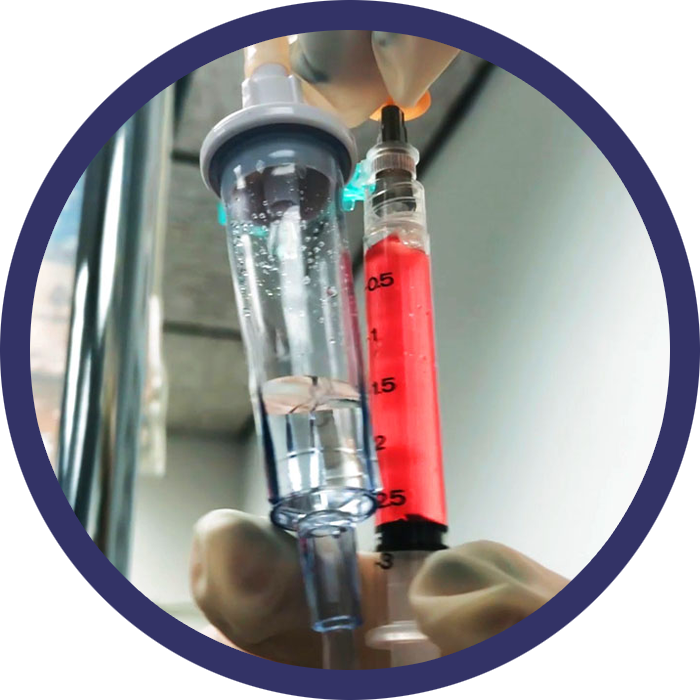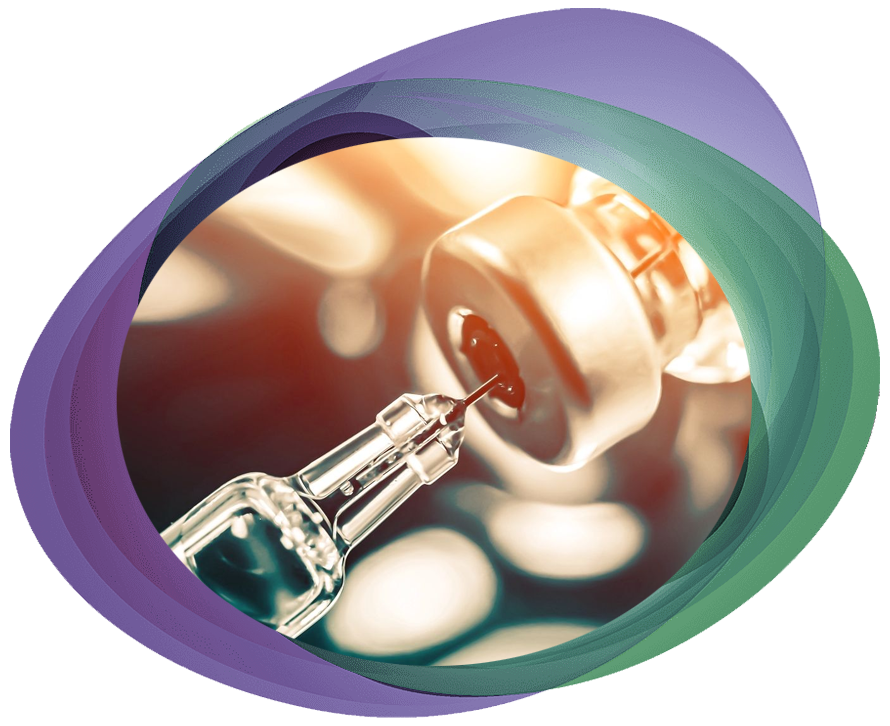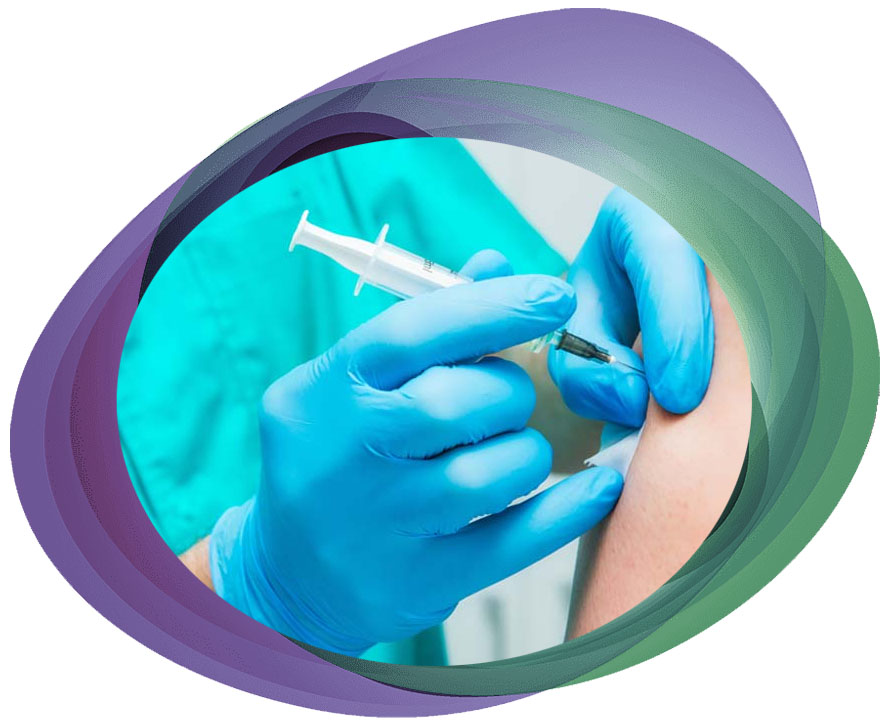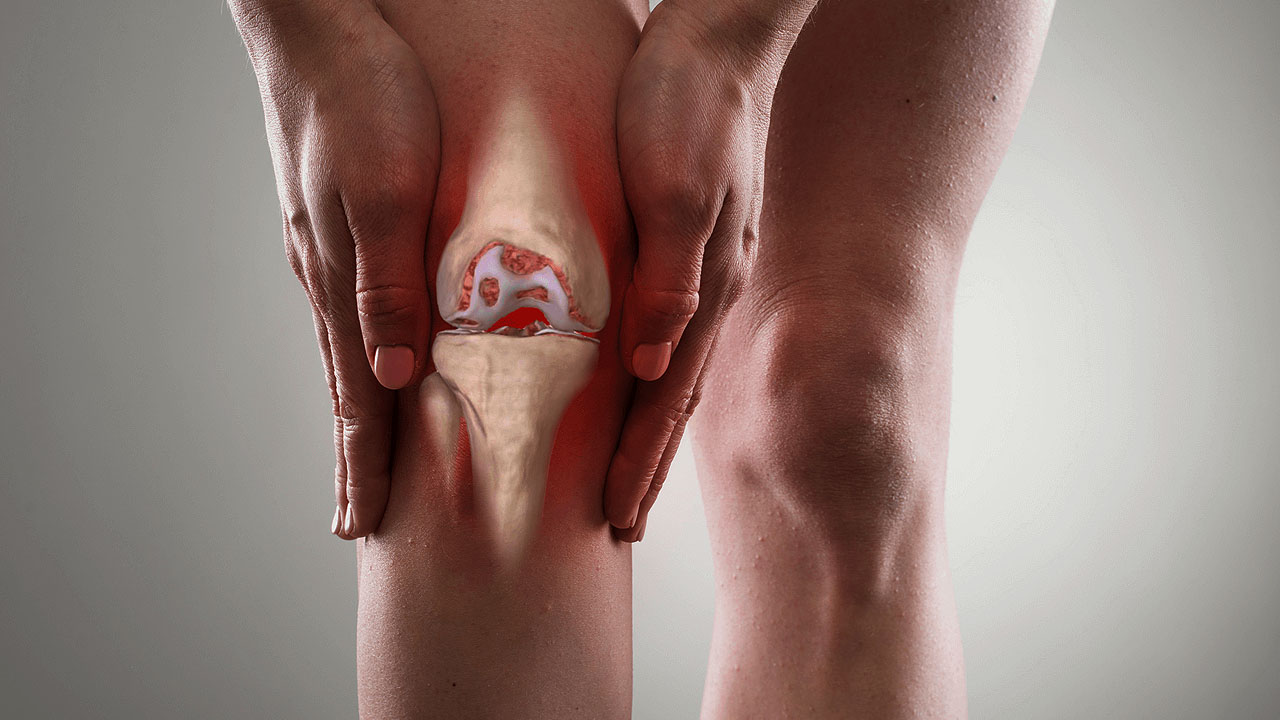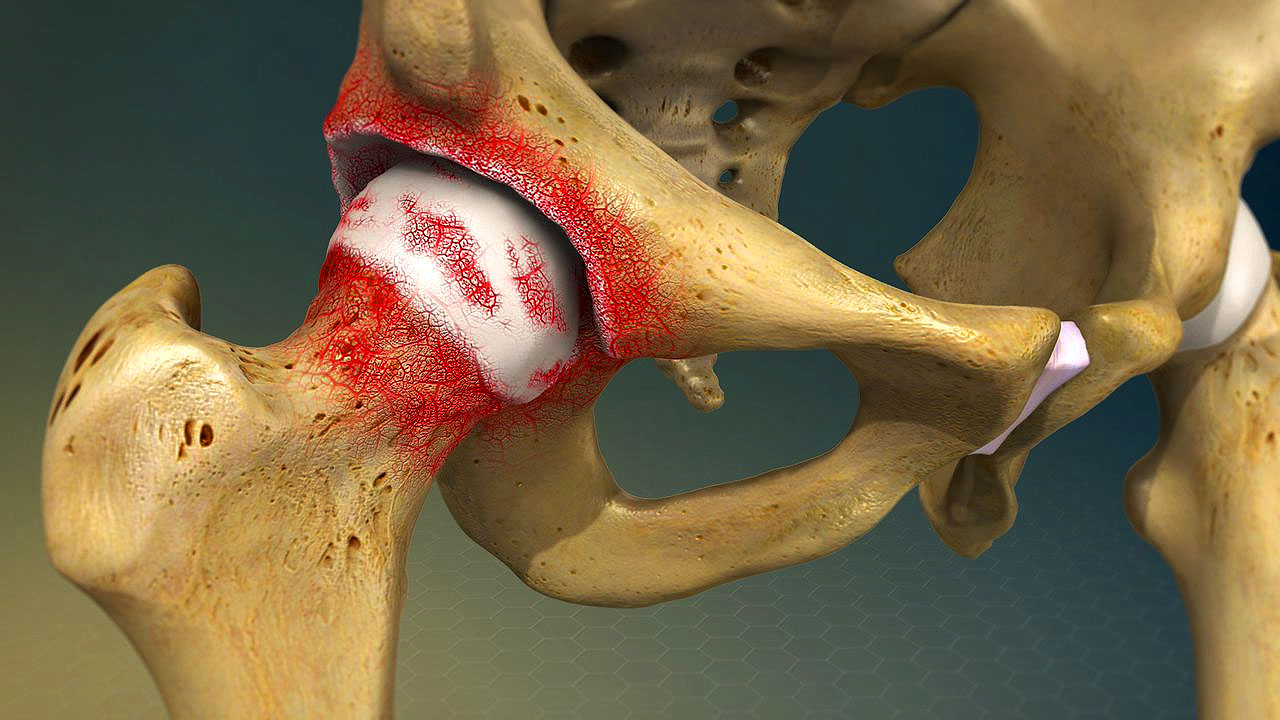
Osteoarthritis (OA) is a condition associated with failure of the joint. It is not a disease of only the cartilage but instead the synovial joint in which all the tissues are affected including: subchondral bone, synovium, meniscus, ligaments, and cartilage. OA is the most common joint disease in humans.
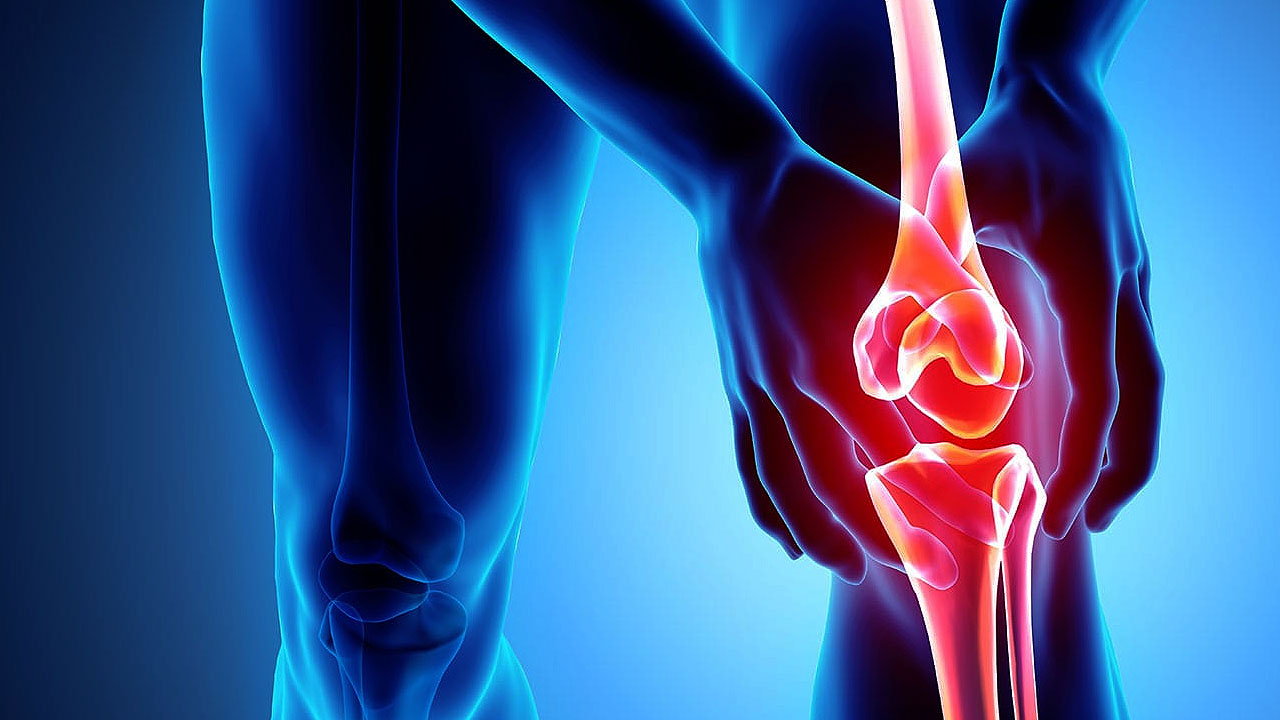
Causes of Orthopedic (OA & Injuries): OA and other orthopedic injuries caused by some kind of trauma, synovitis, capsulitis, articular cartilage and bone fracture, ligament tears, muscle tears.
Conservative management, including non-steroidal pain medicine, prescription opioids, steroid injections and radiofrequency. Steroid injections are commonly used to treat articular pain, although it has been found to be more beneficial in providing short term relief of symptoms rather than long lasting effects.
There is a need to address the disease process itself, and current research is aimed at altering the biological healing in which stem cells may offer an alternative.
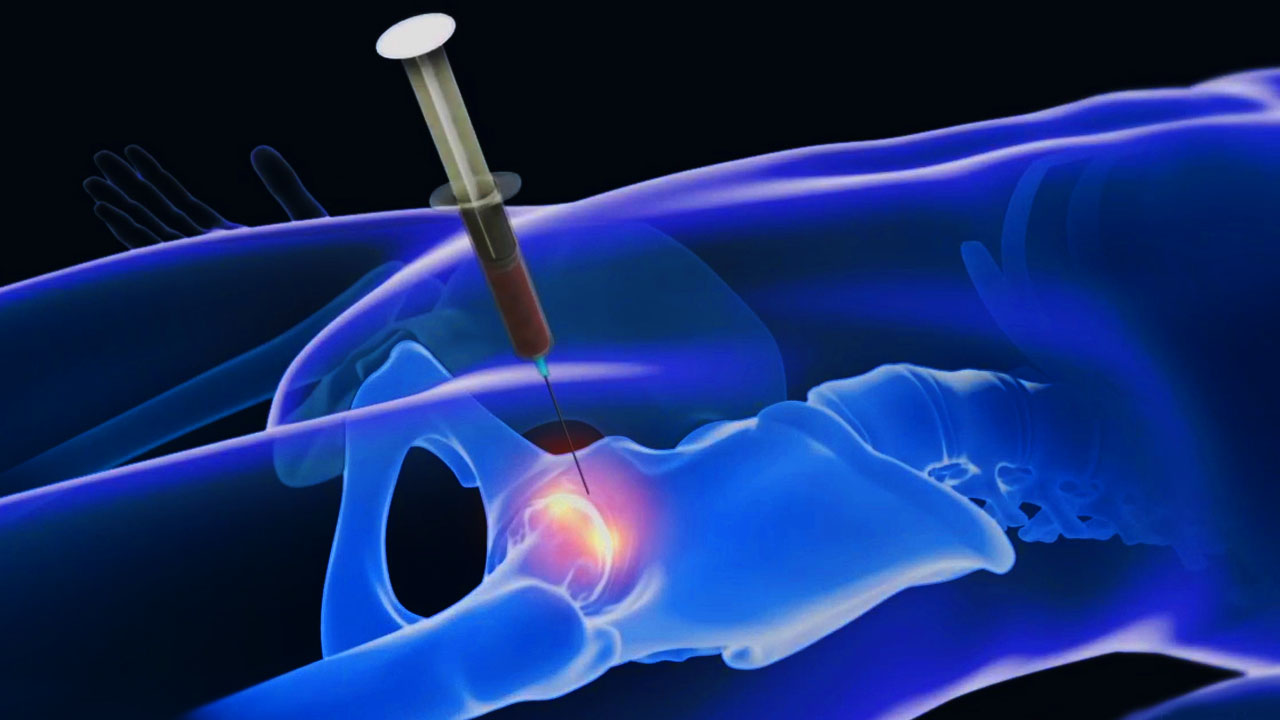
Presently, stem cells have shown much promise in their use for many orthopedic conditions.
Umbilical Cord Blood and Adipose Tissue are both rich sources of adult stem cells that have shown therapeutic potential.
It is well understood that stem cells work in a paracrine fashion by enhancing the body’s own endogenous repair mechanisms through release of growth factors, cytokines and chemokines.

